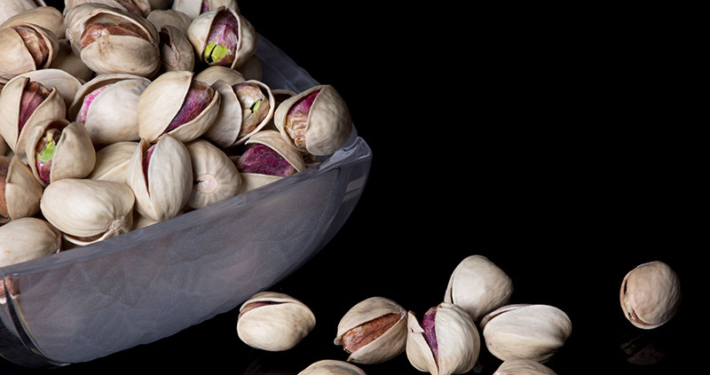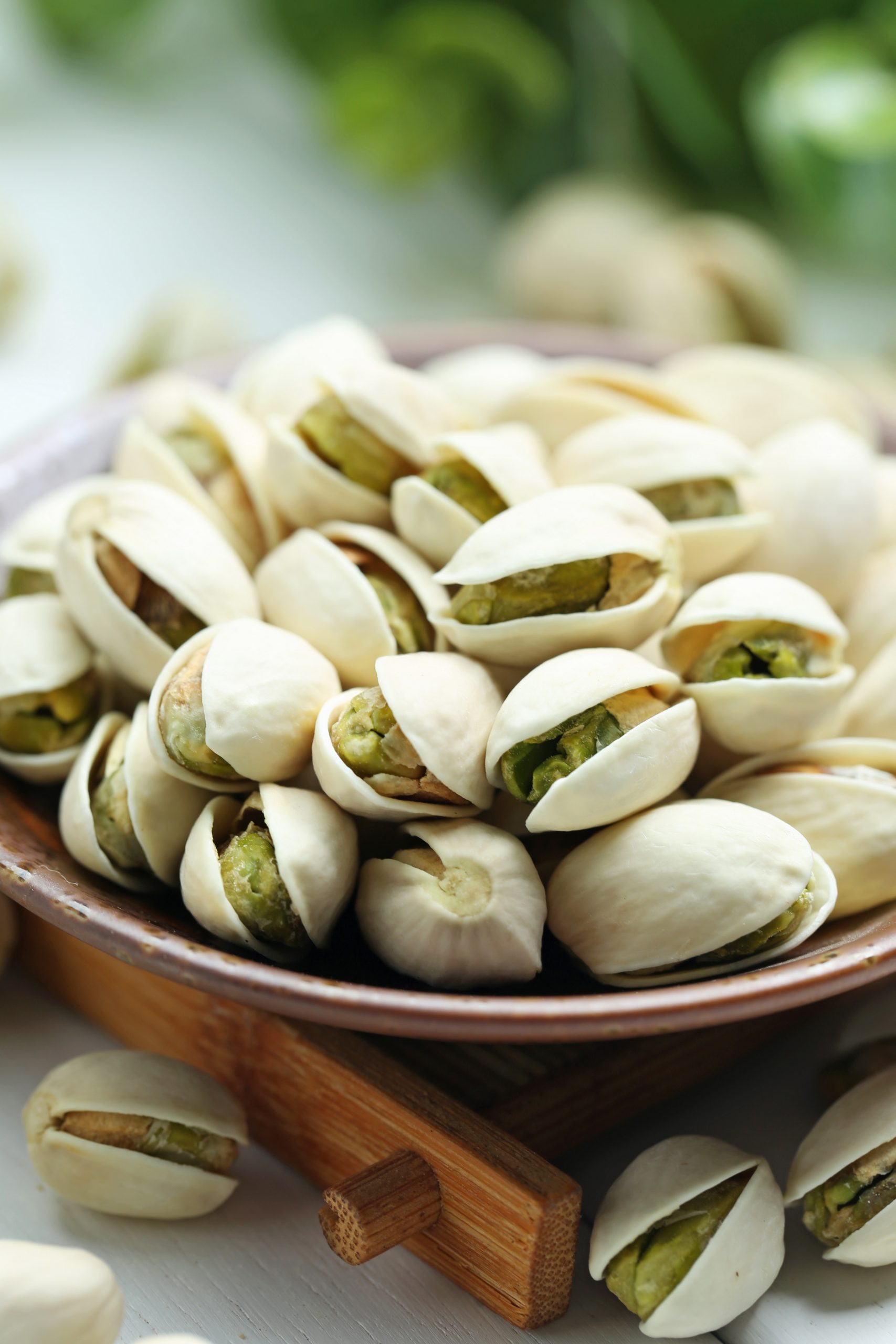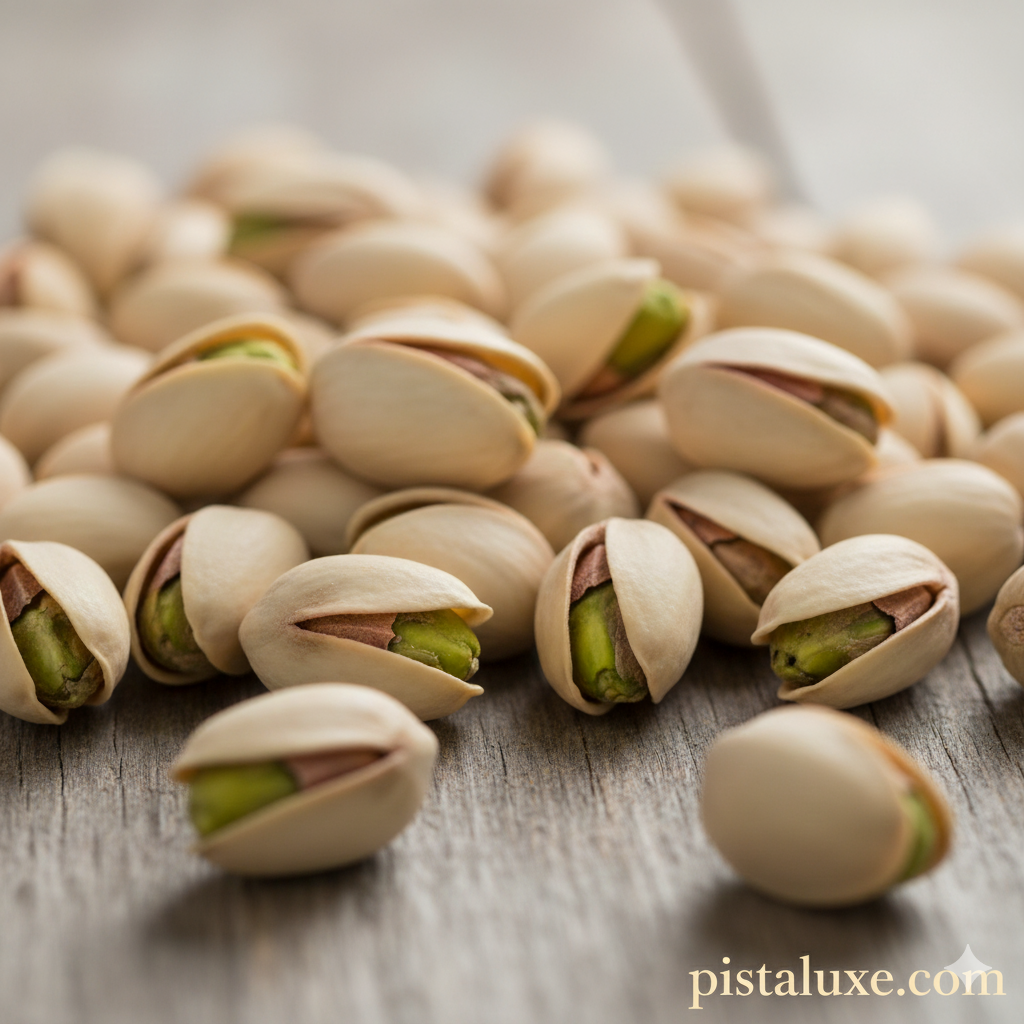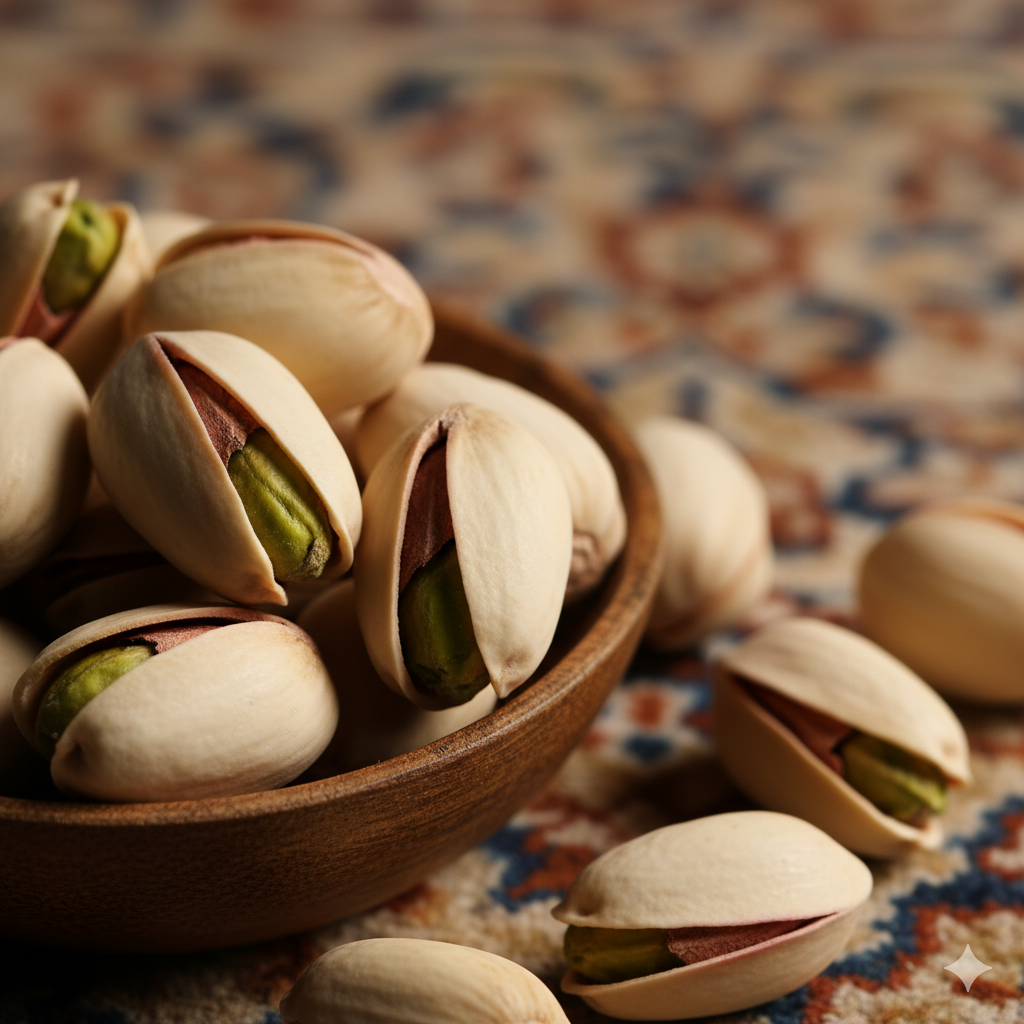
Introduction
In the global economy, policy tools such as trigger tariffs and export duties can significantly influence the trajectory of a product’s exports. Iran’s pistachios, a strategic agricultural commodity, are particularly susceptible to these dynamics. This article delves into the dynamic effects of trigger tariffs on employment, investment in the pistachio sector, and the structure of the export value chain, examining the interactions among producers, exporters, and international markets.
Structural and Historical Context
- Historical overview of Iran’s pistachio trade and how tariff risk shapes supply and demand decisions.
- Mechanisms of trigger tariffs and how they are implemented within international contracts and preferential trade packages.
- Comparative outlook with benchmark competitors and the cross-effects on market shares.

Risk Assessment and Value-Chain Responses
- Production and Supply Risks
- How export tariffs raise processing, drying, packaging, and logistics costs.
- Implications for orchard productivity, yield improvements, and waste reduction.
- Demand-Side Risks in Destination Markets
- Shifts in consumer preferences toward higher-value-added products, branding, or country-of-origin narratives.
- Exporter strategies: long-term contracts, key-account partnerships, and regional branding initiatives.
- Employment and Rural Development
- Impacts on employment in downstream activities (packaging, logistics, advisory services).
- Reallocation of human capital and training needs for pistachio industry workers.
Policy Recommendations to Preserve and Enhance Export Capacity
- Upgrading the value chain: moving beyond raw kernels to products like pistachio oil, cosmetics, and culinary ingredients.
- Market diversification and demand management: entering emerging markets and direct-to-consumer channels.
- Operational efficiency in the value chain: investments in storage, transport, traceability, and quality control.
- International cooperation and tariff negotiations: strengthening trade advocacy and securing preferential arrangements with major consumer markets.
Conclusion
The influence of trigger tariffs on Iran’s pistachio exports can be either a risk or a dynamic opportunity. A policy design that aligns agricultural, commercial, and financial sectors can harness tariff policy to improve efficiency, broaden market reach, and increase value-added. A resilient approach emphasizes diversification, supply-chain efficiency, and brand-building to achieve sustainable long-term performance.
To order or get advice on pistachio and dried fruit varieties, contact our team via our official WhatsApp. Our support team is ready to answer your questions and can help you choose the right pistachio and dried fruit. WhatsApp number 009890214773705





